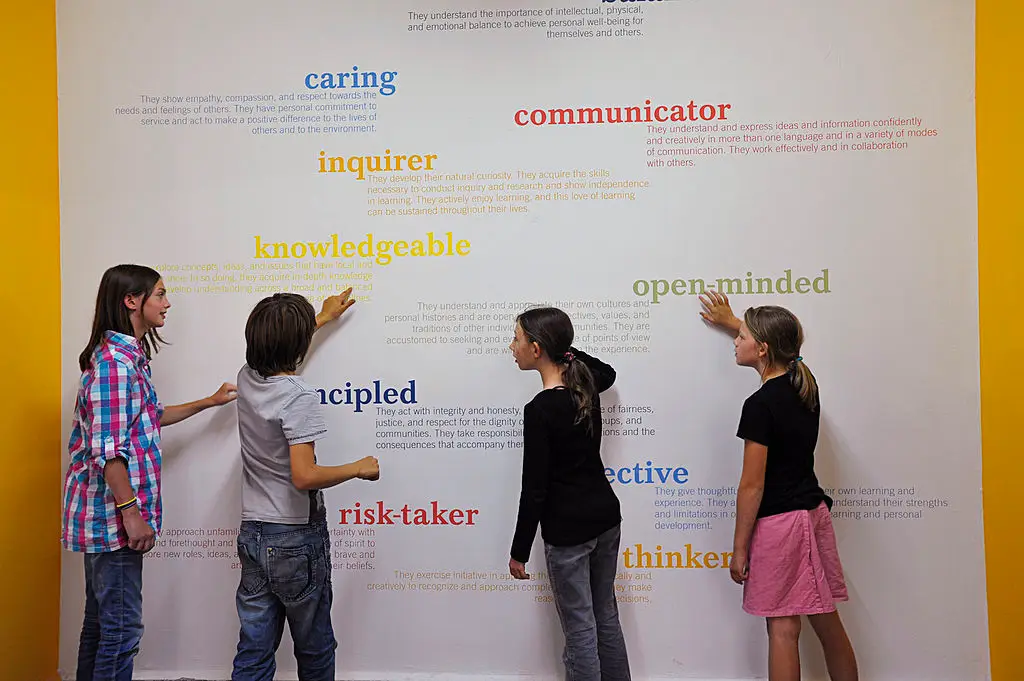What is Unconscious Bias?
Let’s unpack this expression. Unconscious means outside of awareness – it means that you are doing something you are not aware of. A bias is a preference or inclination towards or against something or someone. So unconscious bias is a preference or inclination to favour or disfavour a particular group of people. This preference operates outside of our own awareness. The preference or bias is informed by underlying beliefs of which we are usually unaware of.
Let’s explore an example. Imagine that I want to treat all others equally. imagine that I am also aware that I tend to prefer (or show positive bias towards) people from my hometown. With this awareness, I can pay attention when I meet someone from my hometown. This will ensure I don’t show them any favouritism.
 If I am not aware of this tendency and underlying unconscious beliefs, I won’t be able to stop myself from favouring people from my hometown. This type of bias towards people with whom we share a connection or affinity is often referred to as affinity bias.
If I am not aware of this tendency and underlying unconscious beliefs, I won’t be able to stop myself from favouring people from my hometown. This type of bias towards people with whom we share a connection or affinity is often referred to as affinity bias.
Having some kind of affinity bias is completely natural. This is because we are hard-wired to favour our own group over and above others. Our ancestors needed to do this to survive their harsh environment. Since the brain develops and changes only very slowly, it is still wired in that way. It’s not really optimised for 21st Century living!
Affinity bias applies to any group that we identify with (or have an affinity for). Some common examples include groups based on nationality, hometown, ethnicity, gender, religion, school, nationality etc. Affinity bias describes us favouring our own group. The flip-side of this is that we show disfavour or prejudice towards people whom we believe are not ‘like us’. The only way to counter affinity bias is to make the group larger, e.g. to include all humans. When you are able to self-identify as part of the ‘human’ group you can show favour to all other humans in the group.
Gender bias and ethnicity bias are both subsets of affinity bias. These biases each often have negative impacts on women, and ethnic minorities. These gender and ethnicity biases are often unconscious.
One other bias is especially worthy of note –
Confirmation Bias: Many of us have a tendency to want to ‘be right’. This perspective encourages us to seek out information that confirms our prior beliefs. This also means we tend to notice more easily things that confirm what we thought before. Not noticing contra information is often unconscious. The brain simply doesn’t pick up or notice things that are different to what we thought previously. Social media only reinforces confirmation bias because of the way it is set up.
As a result, in recent years society has become increasingly polarised. This makes it even harder to address confirmation bias. However, with awareness you can challenge your own confirmation bias. For example, you can deliberately seek out opinions that are different to your own. You can also challenge your own inner need to be right!
The Impact of Unconscious Bias in the Workplace
In the workplace these days many honestly believe that they want gender and ethnicity equality at work. Unfortunately, too often, people behave in ways that indicate the contrary. Here are some examples of common tendencies to be aware of:
Promotion opportunities
Promoting a man for his potential but promoting a woman once she has proved herself. The standard for being ‘promotion ready’ should be the same for men and women.
In meetings
Too often a woman my offer an opinion, and have it ignored only for the same idea to be voiced a few minutes later by a man and get the credit for it.
Networking events
Meeting colleagues in an environment that favours men over women (such as playing golf, watching rugby, or talking about cars.). Many women would feel uncomfortable joining such activities – especially if she would be the only woman. These activities themselves are not the problem! However when people are excluded they are denied the opportunity to self promote on an equal footing. It becomes a problem if information gained in these contexts influence key decisions, such as promotions or hiring decisions.
Timing of meetings
Meetings are sometimes scheduled at an hour that make it difficult for a person with childcare responsibilities to attend. In this case the bias would have a negative impact on anyone taking care of their children.
Having important meetings during religious festivals when practitioners of those religions would not be able to attend – be it Muslim, Hindu, Buddhist, Jewish, Sikh, pagan or any other faiths.
The confirmation bias can also show up at work. A manager may find it hard to accept an opinion that doesn’t match their own ideas. They may not accept the specialist knowledge of a team member because of the confirmation bias they has.
Tackling Unconscious Bias in Yourself and Others
- The main key to overcome unconscious bias is to make it conscious. Once its conscious you can do something about it which builds out your self-awareness. In addition, you can also ask for feedback from your colleagues. Sometimes tools like the IAT (Implicit Association Test) can also help you to identify your biases.
- When you identify any unconscious bias don’t give yourself a hard time about! Extend yourself a bit of compassion – after all its only human to have preferences.
- Find a way to connect to the larger group. ie seek to feel connected not only with people of your own gender and ethnicity. Seek to feel connected with all employees, or with all the people in your city or indeed in the world . Seek to create a larger more inclusive affinity group that you feel part of. That will address a big chunk of your own biases as well as being a great role model for others.
Strategies to Address Unconscious Bias
- Learn more about your own biases.
- Aim to be a role model for others and aim to have affinity for the larger whole
- Pay attention in meetings: who does most of the talking. Actively seek out minority views. If you catch the wrong person getting credit for expressing a view, call it out.
- Provide education and training to your team. Help your team understand how bias operates and encourage an open dialogue about bias.
- Create networking opportunities that do not favour one group over an other.
- Create a structured process for promotion that is transparent and fair.
- Support under-represented groups and help them to support each other.
Promoting a Culture of Inclusion
We can always work to be more inclusive. However, with awareness and intention a lot of progress can be made. Continue to track progress, continue to engage with minority groups, and keep choosing to show affinity for a larger group. Being a role model for others is a great way to create a culture of inclusion. Recognising and acknowledging your mistakes is part of that.
Contact me for further support.
Our work together will help you identify key issues in your work place. It will be tailored to address your needs. Sessions will interactive and you will leave the session understanding what is at play within your organisation so that everyone in your organisation feels like they belong and bring their best selves to the benefit of your organisation.






